Boston
Buy Boston Although portrayed as a true “band”, Boston was really pretty much a solo project by engineer Tom Scholz. An M.I.T. graduate then working for Polaroid, Sholz built a home studio in […]
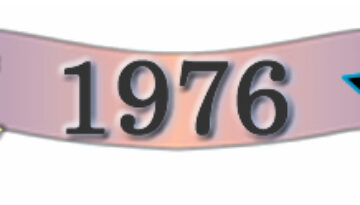
Buy Boston Although portrayed as a true “band”, Boston was really pretty much a solo project by engineer Tom Scholz. An M.I.T. graduate then working for Polaroid, Sholz built a home studio in […]
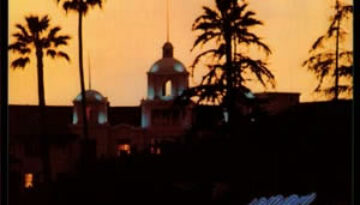
Buy Hotel California Whether it was done intentionally or not, Hotel California came pretty close to being a true concept album by The Eagles. The songs each loosely share the themes of paradise […]
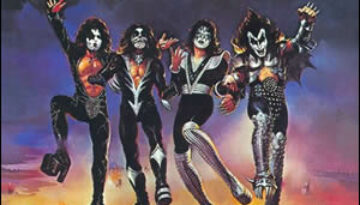
Buy Destroyer On the brink of mainstream success, glam rock band Kiss set out to create a serious studio album by enlisting Alice Cooper’s producer Bob Ezrin. In producing the band’s fourth album, […]
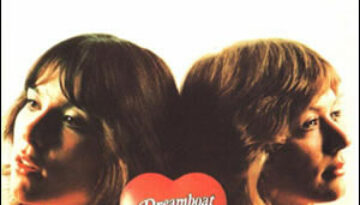
Buy Dreamboat Annie Heart, originally labeled the “female Led Zeppelin,” had an impressive debut with Dreamboat Annie. The album was appropriately released on Valentine’s Day in 1976. Produced by Mike Flicker, the album […]
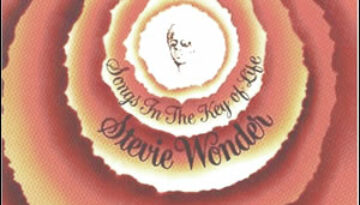
Buy Songs In the Key of Life The incredibly long and ambitious Songs In the Key of Life became the tour-de-force of Stevie Wonder‘s prolific seventies. The album consisted of two LPs plus […]
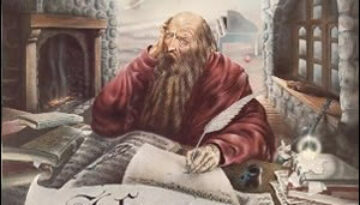
Buy Leftoverture For a long time I considered Kansas to be more like a sidekick act in relation to those truly talented British progressive rock bands. This was probably due, in no small […]
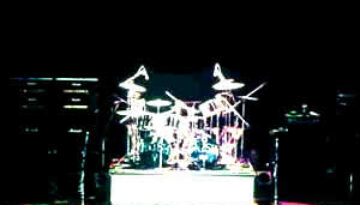
We pretty much cover studio albums exclusively at Classic Rock Review and will continue to do so with the exception of the few studio/live hybrids that we explore later in this article. […]
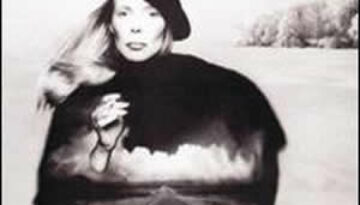
Buy Hejira Joni Mitchell once said, “from time to time the river of my music needs new tributaries.” And so it was with Hejira. She slowly tilted towards a more jazz influenced sound, […]
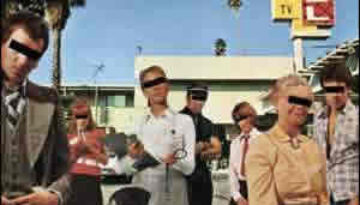
Buy Dirty Deeds Done Dirt Cheap Australian rockers AC/DC produced their third album, Dirty Deeds Done Dirt Cheap during the summer of 1976 and released it in their home land in September of […]
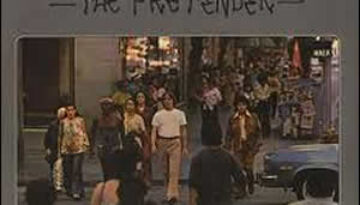
Buy The Pretender Written the the wake of a personal tragedy, The Pretender, by Jackson Browne brings the listener on a subtle journey. It begins by exploring the heavy burdens and trials of […]